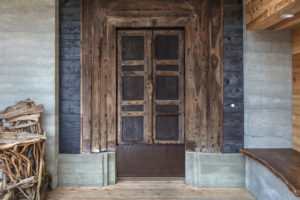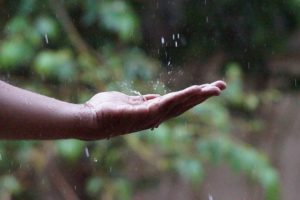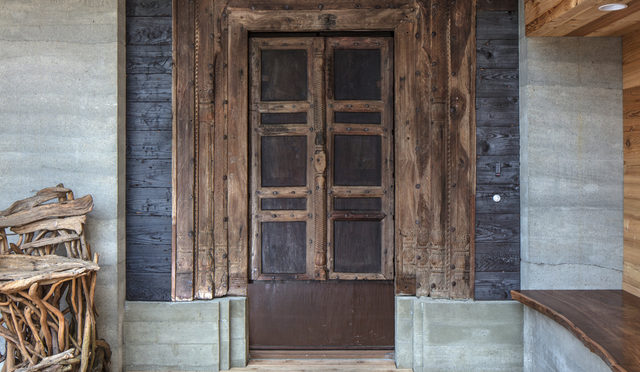 All of us at RainBank Rainwater Systems would like to share a moment of silence for all those that paid the ultimate sacrifice for our country.
All of us at RainBank Rainwater Systems would like to share a moment of silence for all those that paid the ultimate sacrifice for our country.
Monthly Archives: May 2017
The Greenest Residence in the Country
 Seattle based RainBank Rainwater Systems is a proud participant in the construction of the greenest residence in the country.
Seattle based RainBank Rainwater Systems is a proud participant in the construction of the greenest residence in the country.
Heron Hall, designed by Jason McLennan, included rainwater collection as its sole source of water for his residence.
RainBank Rainwater systems installed a 15,000 gallon Contain Water Tank, along with filtration and ultra violet disinfection for potable household use. Much of the vetting of materials were already part of RainBank’s design theory and were easily appointed for this project.
“Tracy and Jason F. McLennan discovered their front door in a corner at Earthwise Architectural Salvage in Seattle. Before serving as a department-store display, it was hand-carved in Afghanistan. “People were a little shorter then,” says Jason. “I’m 6-2. I had to build a pedestal for it.” Eventually, that pedestal will hold a quote: “All that can save us is a sustained awakening of the human heart.” (Steve Ringman/The Seattle Times)”
RainBank Rainwater Systems is pleased to be part of this worthy educational project.
Click here to read more about the resources used, as published in the Seattle Times.
Conservation Considerations
 Construction projects throughout the Pacific Northwest are incorporating conservation practices and rainwater harvesting into their designs in order to meet new stormwater management requirements set by city, state, and federal mandates.
Construction projects throughout the Pacific Northwest are incorporating conservation practices and rainwater harvesting into their designs in order to meet new stormwater management requirements set by city, state, and federal mandates.
Conservation practices such as Green Building Certifications, Leadership in Energy and Environment Designs (LEED), and The Living Building Challenge are being asked of architects, designers, and contractors.
Environment, not cash, encourages conservation, according to UCLA researchers when asking families to save electricity. The same is true when water is the topic of conservation, mostly because savings are minimal compared to the low cost of municipal water. However, considering the costs of designing and implementing infiltration as compliance with local stormwater / drainage codes, with little benefit to the developer, costs can become part of the equation.
Rainwater harvesting is an integral part of conservation when used effectively. Irrigation typically requires a large amount of storage lending itself to more of a commercial application.
Water closets and laundry facilities supplied by rainwater can be an effective use of rainwater for both commercial and residential usage with limited storage amounts and treatment. Together they account for approximately 48% of household usage according to the American Water Works Association (AWWA) and can often be enough mitigation to meet drainage requirements. With filtration and disinfection rainwater can be used as a supplementary source to municipal water or as a “sole source” supply for those who meet hardship requirements from county health and planning departments. Water quality is exceptional when designed and installed properly by an approved designer/installer.
Rainwater harvesting for beneficial use plays an important role in conservation by minimizing groundwater decline while improving our aquifers. It conserves and prevents surface water runoff, minimizing pollutants from entering our bodies of water. Rainwater harvesting bypasses the centralized water system, conserving energy. A decentralized water system reduces demands of our municipal water supplies. When properly designed, and treated, rainwater can be a sustainable, viable source of water for many uses while preserving our supplies for future generations.



